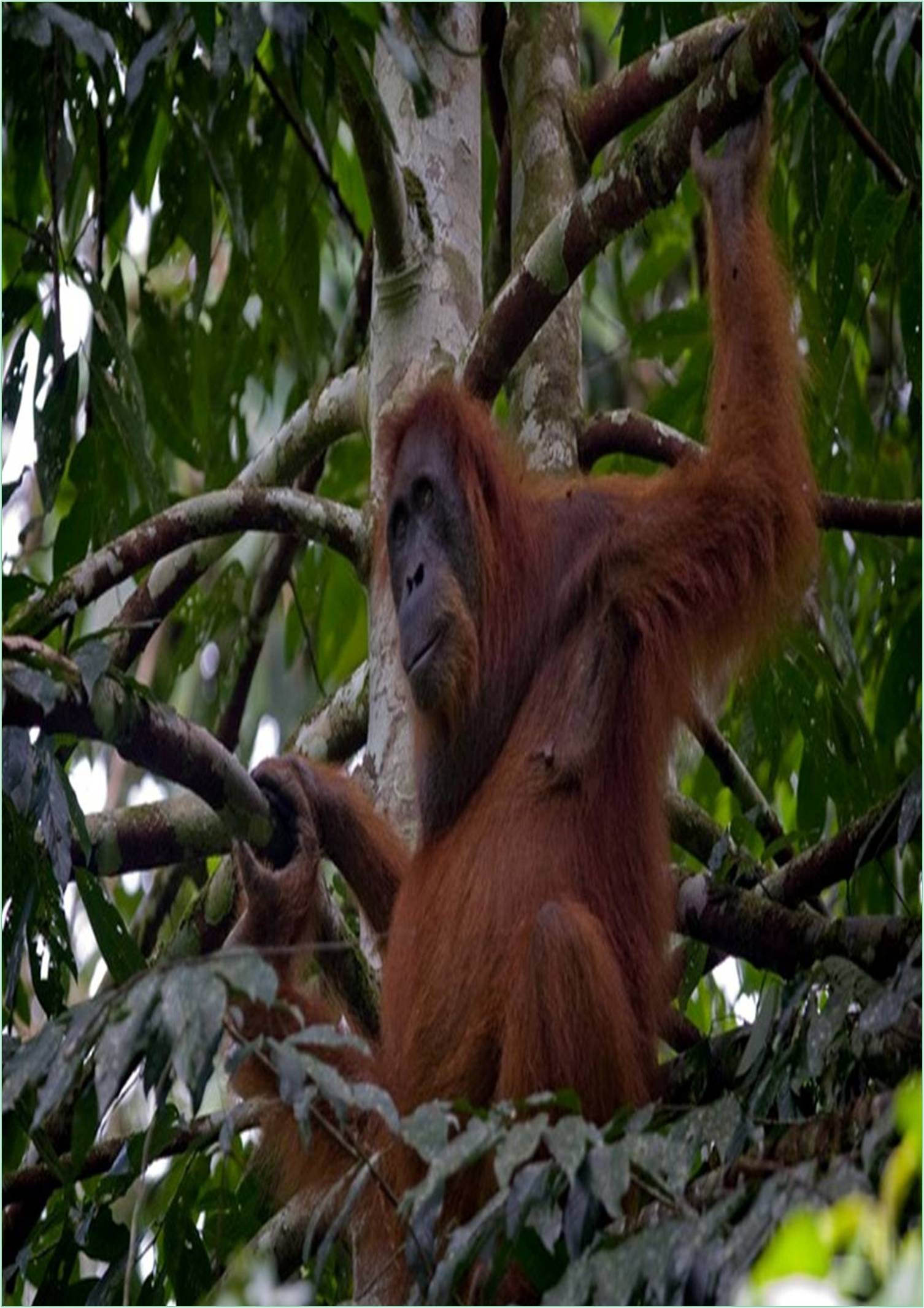



Received: 28-Jan-2023, Manuscript No. JBCR-23-88148; Editor assigned: 30-Jan-2023, Pre QC No. JBCR-23-88148 (PQ); Reviewed: 13-Feb-2023, QC No. JBCR-23-88148; Revised: 28-May-2023, Manuscript No. JBCR-23-88148 (R); Published: 04-Apr-2023, DOI: 10.15651/JBCR.23.2.020
The research focuses on the development of the Notamacropus parryi population in South-East Europe depending on their changed diet. The population arose after a massive storm in South-Croatia in October 2014. During that storm some individuals of Notamacropus parryi were freed from the largest zoo in that area. Since 2018 a group of scientists investigate the increase of individuals in the population and their spreading in neighbouring countries. At the same time the scientists noticed some a changed behaviour of the Notamacropus parryi relating to their hunting behaviour and group dynamics. Such behaviour has never been documented. It suggests so that the population of Notamacropus parryi in South East Europe has risen to a totally new level of intelligence, also known as intelligence leap.
Notamacropus parryi, Diet, Survival, Hunting behaviour, Death rate
As an introduction into the topic, it is important to know, how the Notamacropus parryi lives and behaves under normal circumstances. “The whiptail wallaby (Notamacropus parryi), Grafton in New South Wales. It is distinguished by its paler colouring and also known as the pretty faced wallaby, is a species of wallaby found in Eastern Australia. It is locally common from Cook town in Queensland to near white stripe under its face. Their faces have a chocolate brown fur covering their muzzle. They are black and white on its chest and the rest is grey to brown fur. Males weigh from 14 kg to 26 kg (31 lb to 57 lb) and stand at a height from 70 cm to 93 cm (28 in to 37 in). Females weigh from 7 kg to 15 kg (15 lb to 33 lb) and stand at a height from 65 cm to 75 cm (26 in to 30 in).The whiptail wallaby lives in grasslands and woodlands particularly on hills or slopes. It is primarily a grazer. In grasslands, the whiptail wallaby primarily eats kangaroo grass. It also eats monocots in nearby creeks. It is primarily a diurnal species. It is active in the morning and late in the afternoon but continues into “to an unknown extent during the night”. The whiptail wallaby is a sociable species, sometimes coming together in mobs of up to 50. They live in a home range of up to 110 hectares (270 acres). The mob usually gathers in the afternoon during feeding. Some home ranges may overlap with others and the members of the mob take turns resting and guarding (Dawson L, et al. 1985).
Mobs often split into continually changing subgroups of fewer than 10 animals. Whiptail wallaby mobs have a linear hierarchy that is determined by ritualized “pawing”, which is non-violent. They may also pull grass (Figure 1).
Materials science is an interdisciplinary field of researching and discovering materials. Materials engineering is an engineering field of designing and improving materials, and finding uses for materials in other fields and industries. The intellectual origins of materials science stem from the age of enlightenment, when researchers began to use analytical thinking from chemistry, physics, and engineering to understand ancient, phenomenological observations in metallurgy and mineralogy. Materials science still incorporates elements of physics, chemistry, and engineering (Celik M, 2019). As such, the field was long considered by academic institutions as a sub field of these related fields. Beginning in the 1940's, materials science began to be more widely recognized as a specific and distinct field of science and engineering, and major technical universities around the world created dedicated schools for its study. Materials scientists emphasize understanding how the history of a material (processing) influences its structure, and thus the material's properties and performance (Burk A, et al. 2000). The understanding of processing structure properties relationships is called the materials paradigm. This paradigm is used to advance understanding in a variety of research areas, including nanotechnology, biomaterials, and metallurgy. Materials science is also an important part of forensic engineering and failure analysis investigating materials, products, structures or components, which fail or do not function as intended, causing personal injury or damage to property. Such investigations are key to understanding, for example, the causes of various aviation accidents and incidents.” This gave important information about Notamacropus parryi populations. The data that could be created gave important notes to support the final thesis, that the South East European populations of Notamacropus parryi are much more intelligent than any other population in the world, thanks to their much different diet in the changed habitat (Beveridge I, 2006).
To put it in a nutshell, you could say that the changed behaviour of the Notamacropus parryi relating to their hunting behaviour and group dynamics is a special phenomenon, that can only be watched in South-East Europe (Figure 2).
Such behaviour has never been documented. It suggests so that the population of Notamacropus parryi in South East Europe has risen to a totally new level of intelligence, also known as intelligence leap (Sukee T, et al. 2020). This was proven by a study about the increased death rate caused by human intervention, which went down after several months, when Notamacropus parryi adjust the survival strategy. All in all the study was able to proof, that the intelligence of Notamacropus parryi rose (Sukee T, 2019). That was proven through the high number of individuals, which learned survival strategies, only possible with their changed diet in the new habitats (Beveridge I, 2021).
This was proven by a study about the increased death rate caused by human intervention, which went down after several months, when Notamacropus parryi adjust the survival strategy. The mobs contain all ages and sexes throughout the year, but seldom if ever are all members of a mob together at one time.
[Crossref] [Google Scholar] [PubMed]
[Crossref] [Google Scholar] [PubMed]
[Crossref] [Google Scholar] [PubMed]